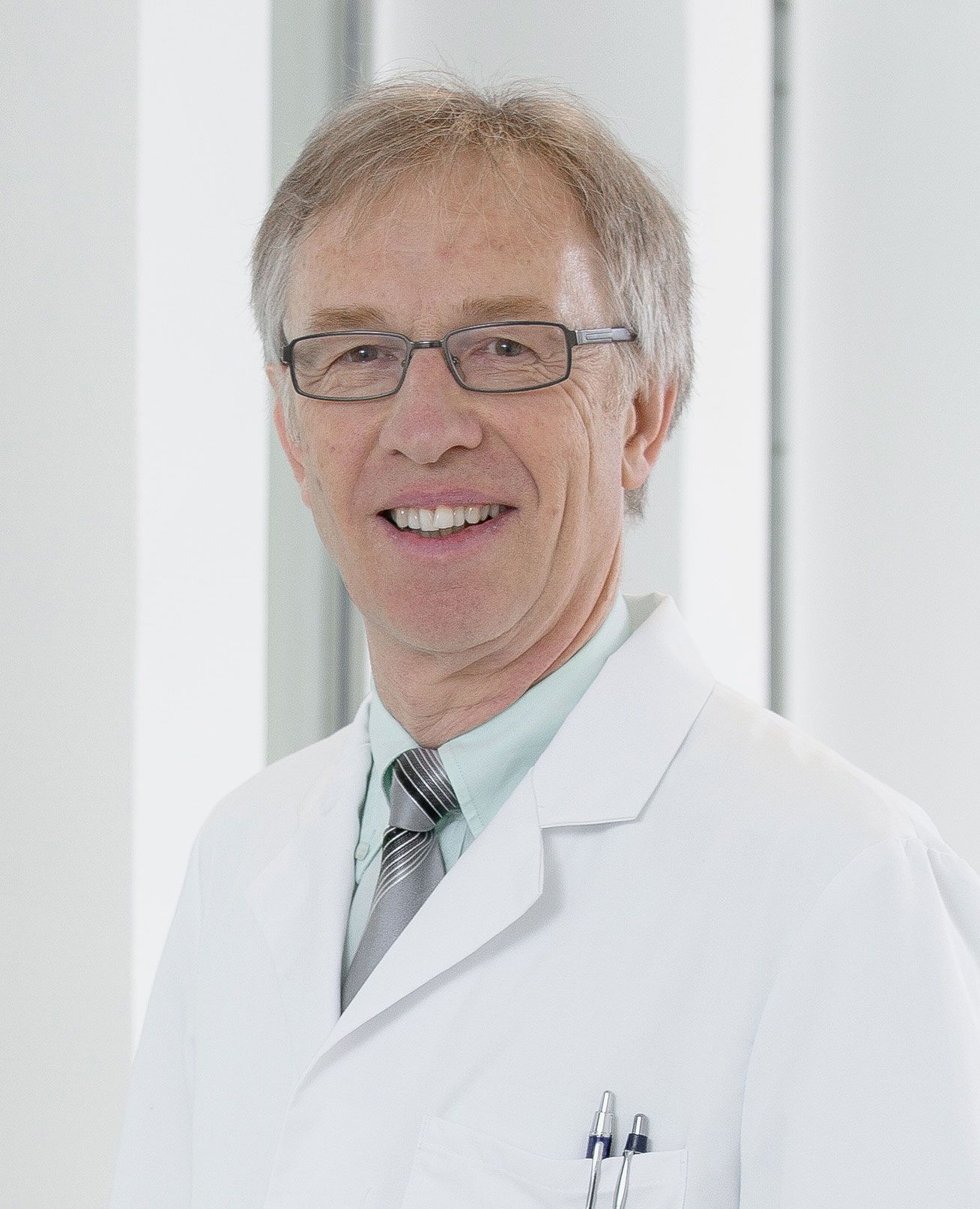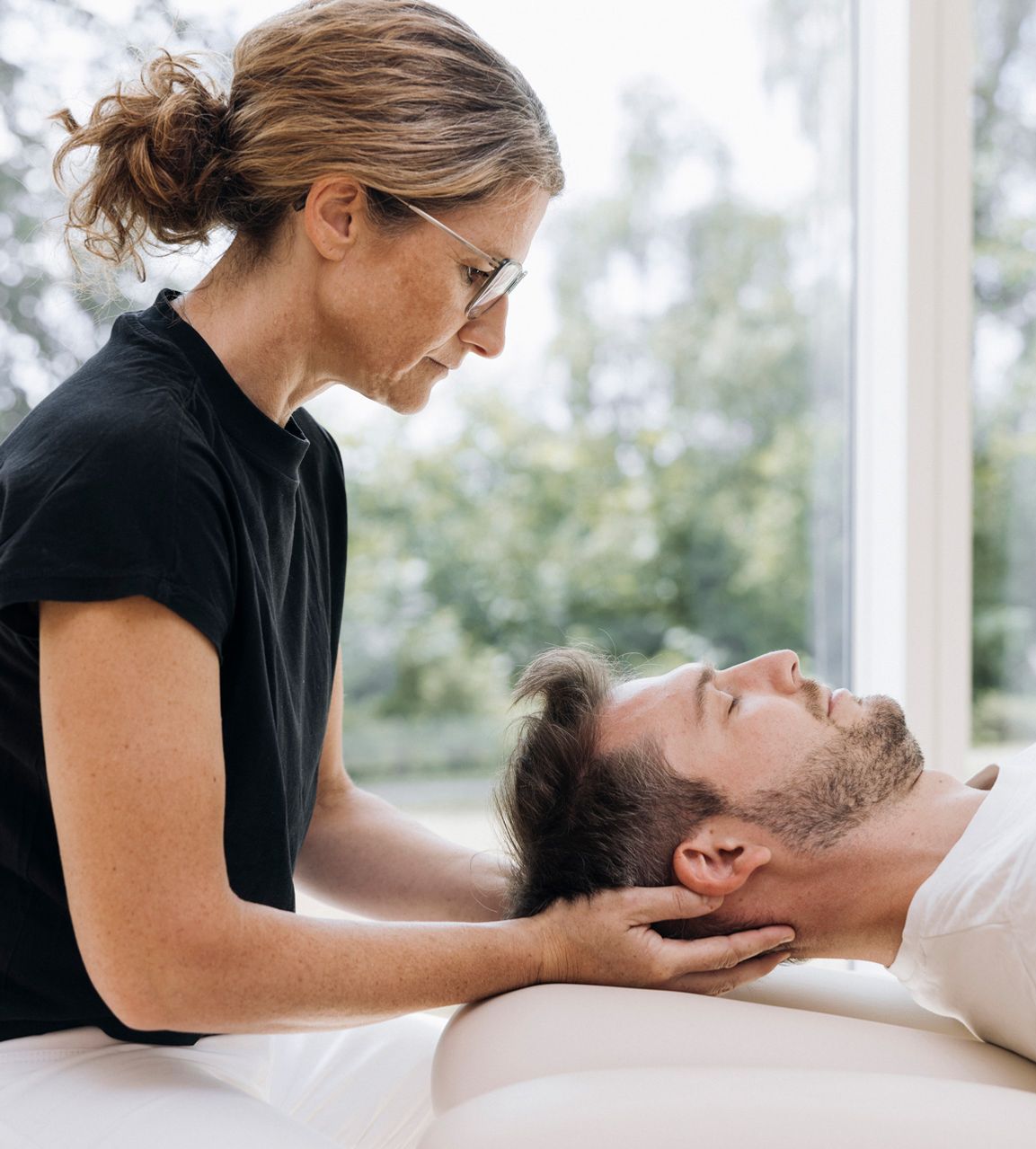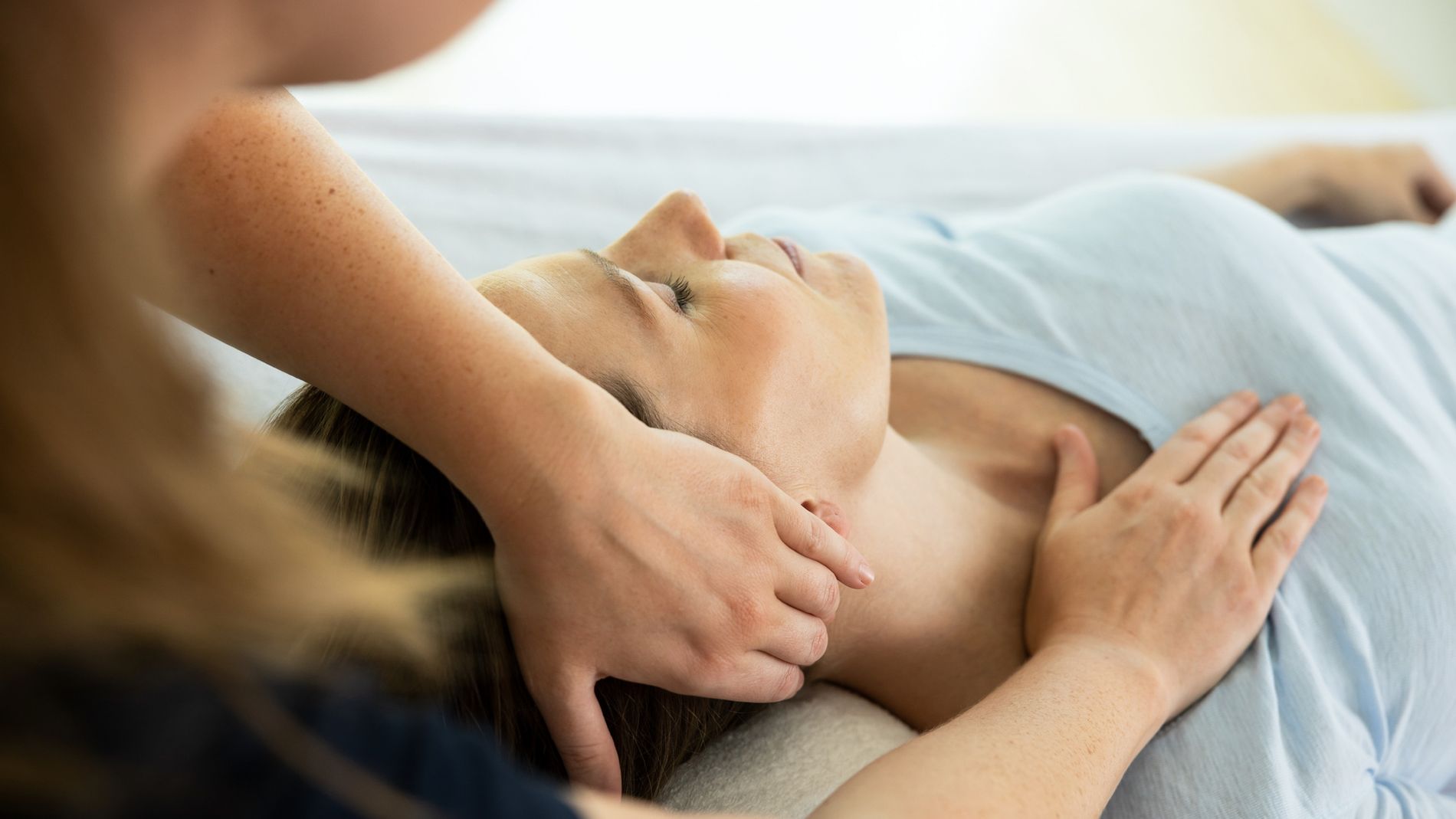INTERVIEW
TREATING JOINT PAIN AND OSTEOARTHRITIS HOLISTICALLY - PART 1
According to the German Society for Rheumatology, around a quarter of all Germans suffer from functional limitations of the musculoskeletal system. Almost seven million people have severe chronic back pain. Around five million suffer from symptomatic arthrosis. From the age of 60, a good half of women and a third of men are affected. Osteoarthritis is one of the most important causes of physical disability in older people. In addition to degenerative processes, inflammation (also known as “activated arthrosis”) is also important for pain, joint destruction and other consequences.
Against this background, we exclusively interview two well-known representatives of naturopathic medicine on the causes of joint pain and osteoarthritis, the possibilities of interdisciplinary treatment and how to prevent the symptoms.
The interview was conducted by Andrea Ciro Chiappa, Head of Nutritional Therapy at the Malteser Klinik von Weckbecker since March 2022.

PROF. DR. ANDREAS MICHALSEN
Professor of Clinical Naturopathy at Charité Berlin and Chief Physician of the Department of Internal Medicine and Naturopathy at Immanuel Hospital Berlin-Wannsee.
Further information on Prof. Dr. Michalsen can be found at the end of the interview.

DR. MED. RAINER MATEJKA
Fasting doctor, specialist in general medicine, naturopathy and biological medicine. Head physician at the Malteser Klinik von Weckbecker in Bad Brückenau from 2016 to 2024.
Further information about Dr. Matejka can be found at the end of the interview.
Prof. Michalsen, in cooperation with the Department of Rheumatology and Clinical Immunology, your ward offers integrated rheumatological-naturopathic treatments.
How many rheumatism patients do you treat in your clinics each year? How many osteoarthritis patients?
PROF. DR. ANDREAS MICHALSEN:
Rheumatic and joint diseases are a major focus in my department, as we are also a nationally renowned center for rheumatology and orthopaedics.
If you take the secondary diagnoses into account, it is certainly 60-70% of all patients here who suffer from joint pain, rheumatic diseases or other pain syndromes such as chronic back pain or chronic neck pain. Particularly in the case of knee joint arthrosis, ankle joint arthrosis, back pain and neck pain, we see obesity or metabolic dysregulation as decisive contributory factors for chronic pain.
We can also see from our health care data that our multimodal therapy concept with fasting, nutritional therapy, physiotherapy and medicinal plants as well as methods such as acupuncture or leech therapy often achieve very good results, so that surgical intervention can often be avoided. Word of this has spread, so that demand is correspondingly high.
Dr. Matejka, our specialist clinic for therapeutic fasting and naturopathic treatments also focuses on the integrative treatment of orthopaedic diseases.
How many osteoarthritis patients are estimated to come to the Weckbecker clinic each year?
DR. MED. RAINER MATEJKA:
If we include patients with back complaints, in whom osteoarthritic complaints have often been detected in the spine using imaging procedures (“osteochondrosis”) and also patients in whom osteoarthritic complaints play a role as a secondary diagnosis, the figure is around 70 percent.
As part of our integrative concept, however, we repeatedly find that it is often not the osteoarthritic changes found in X-ray or MRI images that lead to the symptoms. Rather, incorrect posture with tense muscles often plays an important role. We can also confirm this time and time again: Osteoarthritis is also a metabolic problem.
What is commonly known as “hyperacidity” is quite real - and is also referred to as “chronic acidity” or “chronic metabolic acidosis” in Anglo-Saxon specialist literature.

ON THE BACKGROUND OF JOINT WEAR AND ARTHRITIS
What is osteoarthritis and what causes the pain?
DR. MED. RAINER MATEJKA:
People talk about “joint wear and tear” and doctors often use the same vocabulary with patients. What is meant by this? The joint cartilage has degenerated so that it is no longer possible for the joint surfaces to slide against each other without causing pain.
However, this view is very mechanistic and promotes so-called replacement part medicine - both on the part of doctors and patients, resulting in the extremely frequent use of artificial joints, particularly in Germany. In reality, however, the situation is more complex.
Pain in the joint is caused by the formation of so-called pain mediators in the synovial fluid. This occurs not only as a result of mechanical stress - such as obesity - but also due to years of malnutrition, such as a diet containing too much animal protein and too much intake of unfavorable, inflammatory fatty acids, such as the arachidonic acid contained in red meat. In addition, it is by no means clear whether joint cartilage can regenerate to a certain extent, even though medical science has so far mostly denied this.
PROF. DR. ANDREAS MICHALSEN:
I agree with the previous speaker's comments and would like to add the following. In the past, osteoarthritis was classified as a wear and tear disease, a degenerative disease. In the meantime, a different view has prevailed.
On the one hand, research has shown that osteoarthritis also has an inflammatory component. This means that clear signs of inflammation can be seen on the synovial membranes and in the cartilage tissue, not as pronounced as in classic rheumatism, but still recognizable. On the other hand, metabolic disorders are also said to play a role in the development of osteoarthritis, i.e. obesity or abdominal fat, as well as metabolic diseases such as type II diabetes, can clearly promote the development of osteoarthritis. In addition, hyperacidity of the connective tissue and the condition of the joint environment with the relevant tendons, muscles and ligaments also play an important role.
We can exert an excellent therapeutic influence on all of this, so that osteoarthritis can no longer be regarded as the fated wear and tear of a joint. That's why I think it's very critical when doctors repeatedly communicate findings with quotes such as “Your knee is broken”. Even if osteoarthritis cannot be cured in the classic sense, it can certainly be improved.

OUR RECOMMENDATION FOR YOUR STAY WITH BACK AND JOINT COMPLAINTS
OSTEO INTENSIVE
Our interdisciplinary therapy program specifically for static realignment of the body and targeted deacidification of muscles and joints.
7 nights from € 2.130
You can cancel or rebook your stay free of charge up to 14 days before arrival. Valid for stays until December 31, 2025.
CAUSES OF ILLNESS
In your experience, what are the main causes of joint pain and cartilage destruction?
DR. MED. RAINER MATEJKA:
In my opinion, this is due to malnutrition, lack of exercise and poor posture - often also after joint replacement in the hip or knee, which changes the posture and can sometimes exacerbate complaints in the joints that have not yet been operated on. This in turn leads to further joint replacements. I know patients who have had new hip and knee joints within two years. With respect: I think that's absurd!
PROF. DR. ANDREAS MICHALSEN:
In my experience, the majority of cases are also due to poor diet, obesity and lack of exercise. This is an interesting point in that it used to be believed that overuse due to physical work and too much exercise damaged the joint. Of course, there is also arthrosis and wear and tear due to overuse, e.g. in the past in mining workers. Today, however, the main problem is a lack of movement - and, as my colleague Dr. Matejka has already mentioned, chronic poor posture. This then leads to reduced blood flow to the joint structures and reduced nutrition of the cartilage tissue. The lack of exercise or the one-sided strain caused by monotonous movement and too much sitting also often leads to poor posture. This can lead to knee pain or hip osteoarthritis due to foot problems. Or, conversely, osteoarthritis of the hip can cause back and neck pain. This also indicates that holistic thinking is necessary here. Otherwise it can happen, for example, that a knee joint is operated on and the symptoms do not improve sufficiently. Or that the pain is alleviated, but then severe pain occurs elsewhere.
